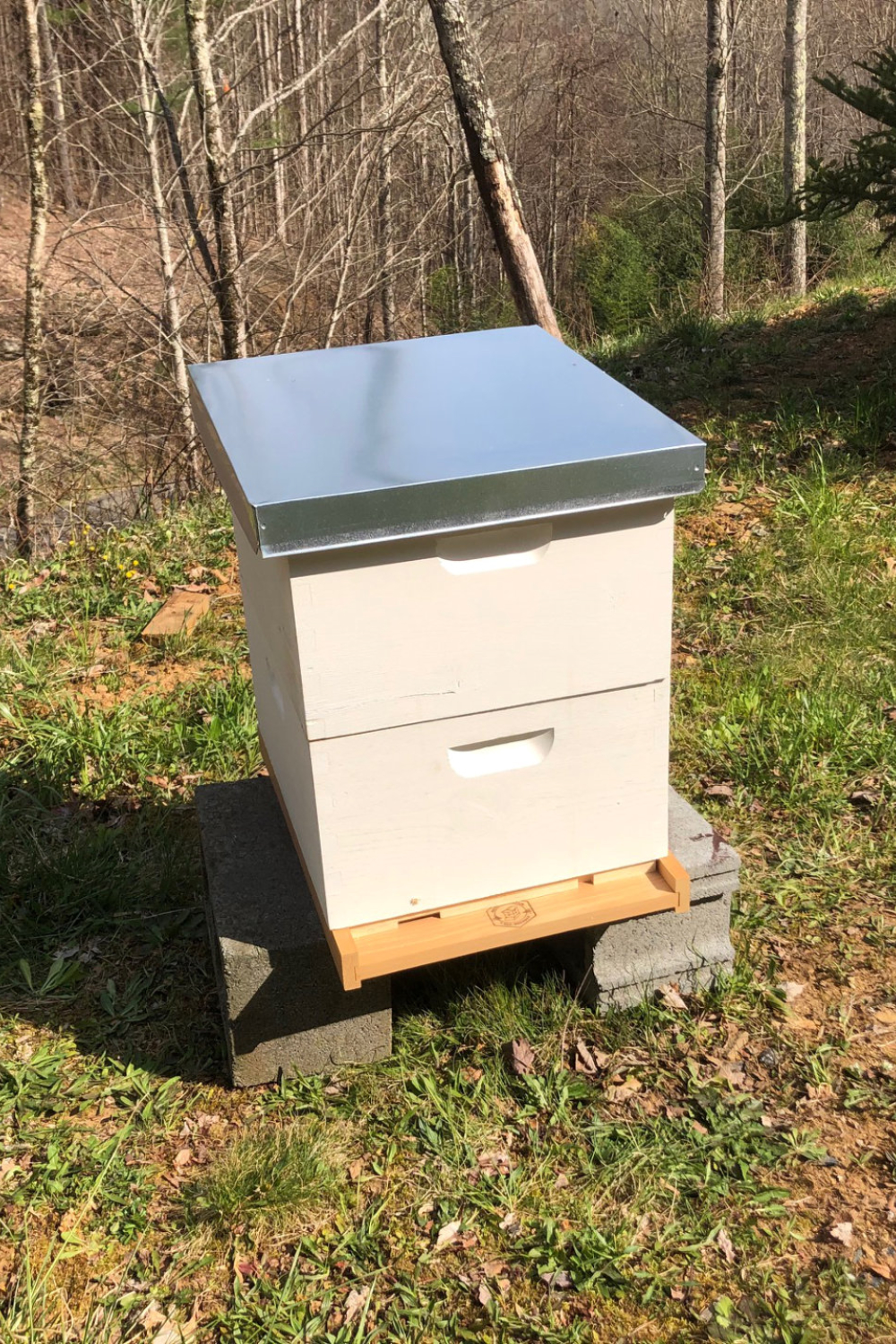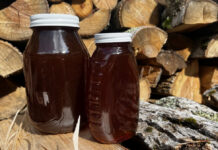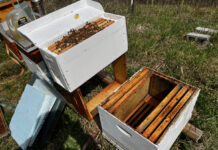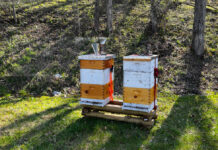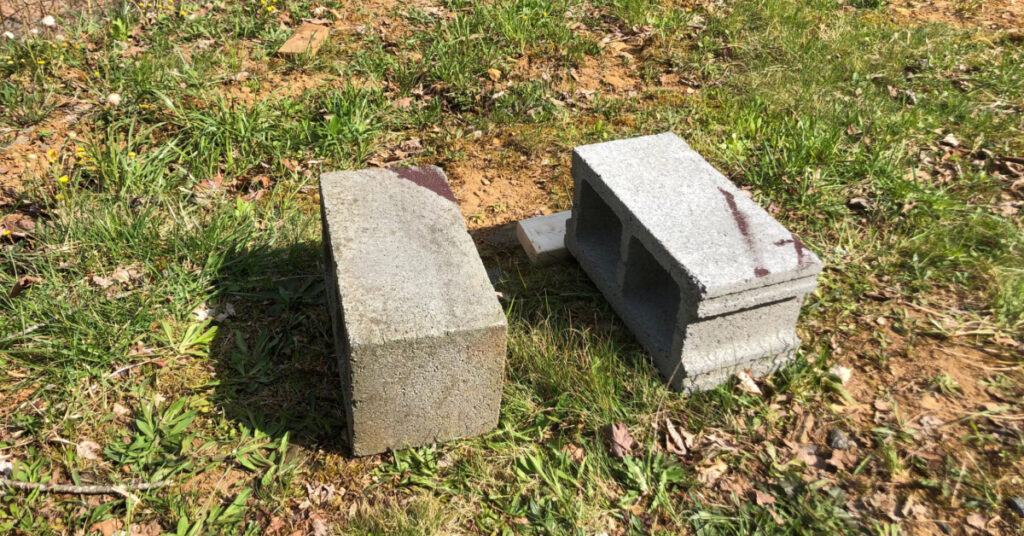
Step 2: Give the Hive a Stable Base
I usually set my hives on two big cinder blocks that run from the front to the back. This is an easy, inexpensive base, but there are many choices for bases. Professional beekeepers put their hives on pallets. Some beekeepers buy or build legs for their feeder. Others put a row of hives on a couple pieces of 4×4 or landscaping timbers.
If your hive kit came with a stand, you may or may not need any other base. For example, if you have a metal hive stand, you probably don’t need cinder blocks. If the stand is wood, you should probably put it on cinder blocks or something else to minimize contact with the ground as that could accelerate rot.
The key is that the hive is level and off the ground so it won’t get ground water on or in it and access by insects and small critters that don’t fly will be limited. If you have back problems or difficulty kneeling, you can make it as high as you want, but do keep in mind that you will probably be adding more hive components on top down the road so the hive will get taller.
Some people will tell you to tilt the hive slightly forward so that water or condensation will run out, but it is my opinion that if you have that much condensation, your hive may need more ventilation. Tilted hives may result in comb that is not straight.
Click #5 below to continue.
